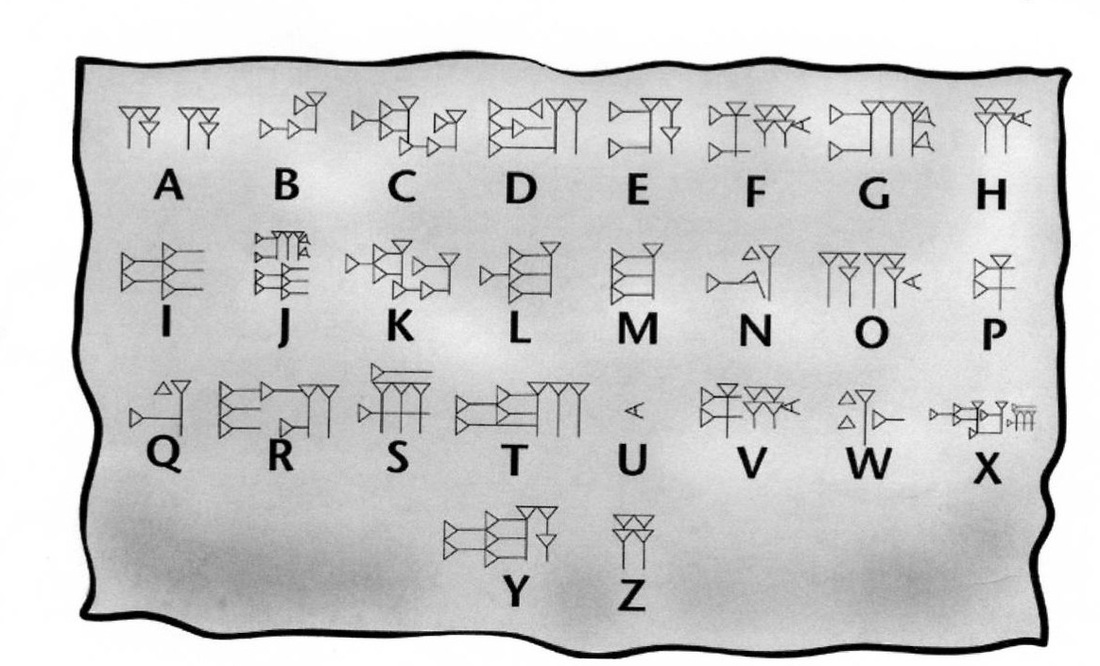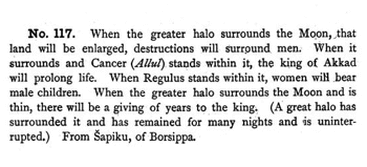Original Text
In total, there are 282 laws in Hammurabi’s Code. About 100 of these laws describe matters of property and trade, and another 100 involve familial matters and other related issues. Hammurabi instituted harsh punishments as consequences for breaking laws in order to maintain a stable empire. Other topics that the laws address include religion, military service, slavery, food, the duties of workers, and thievery.
 Image courtesy of: Robert W. Brown, The University of North Carolina at Pembroke
Image courtesy of: The Louvre Museum
|
Image courtesy of: WatsonEastwold, WordPress.com
Click image to view transformation.
Image courtesy of: The Louvre Museum
Image courtesy of: Owen Jarus, LiveScience.com
|
Video courtesy of: Getty Museum, YouTube.com




